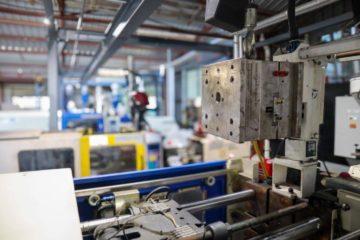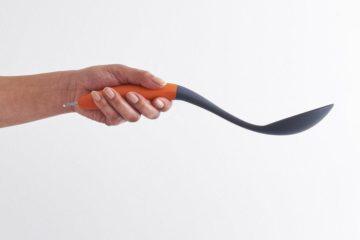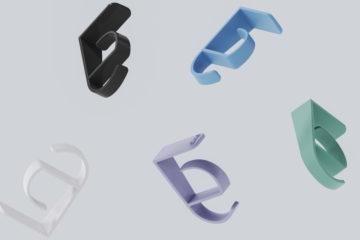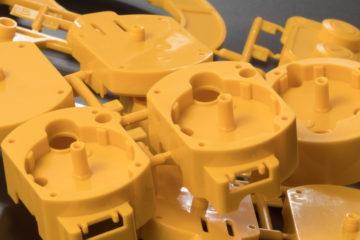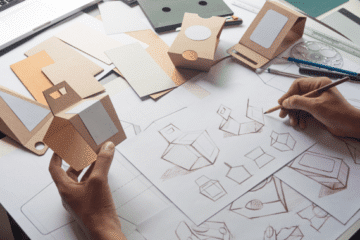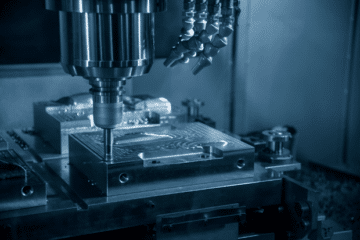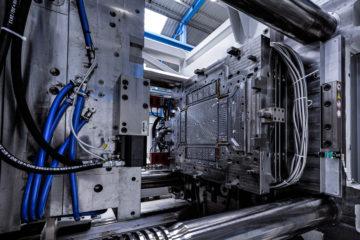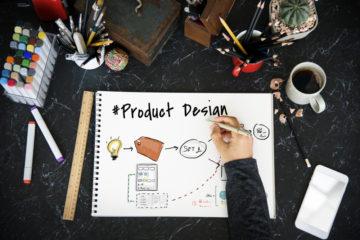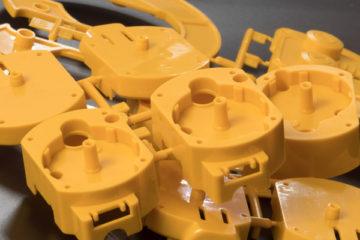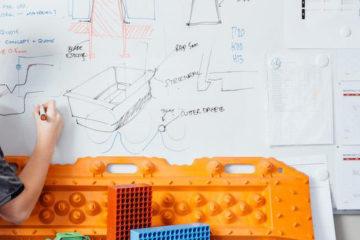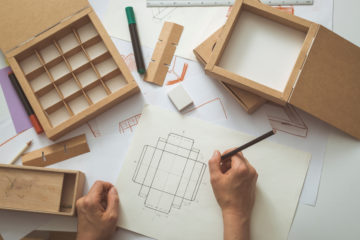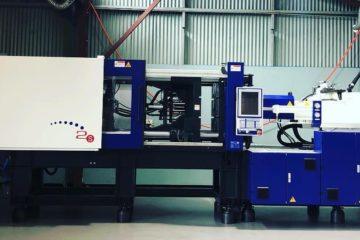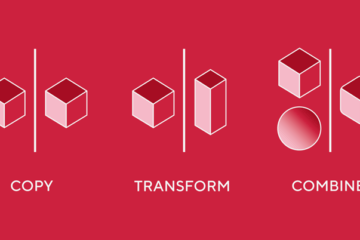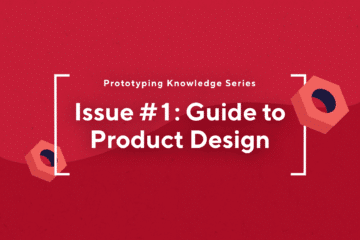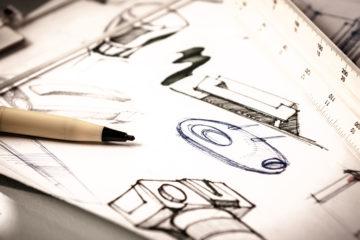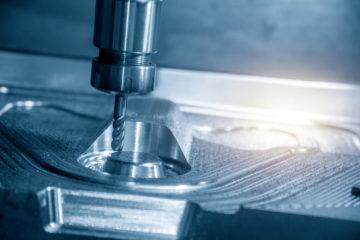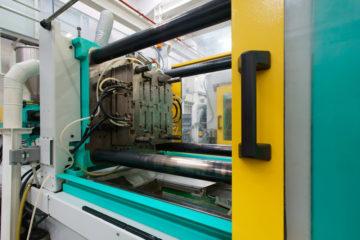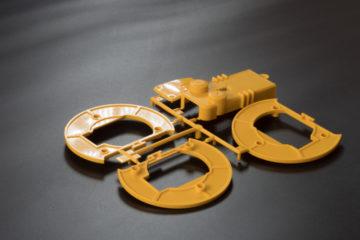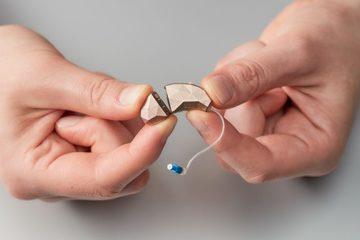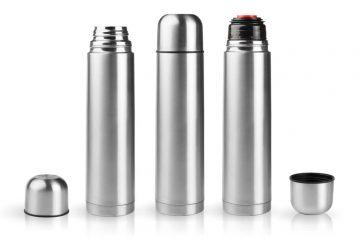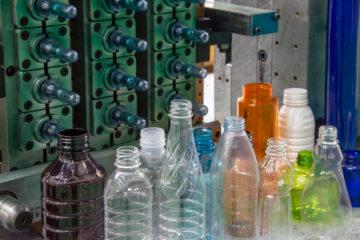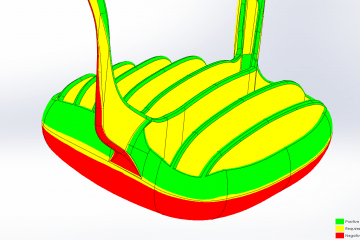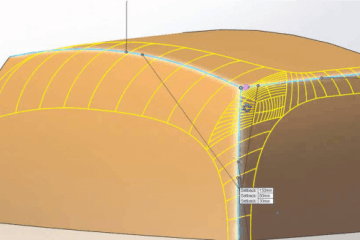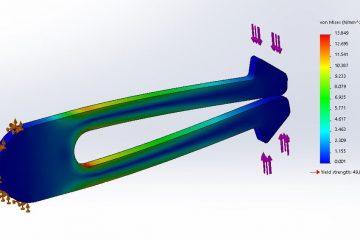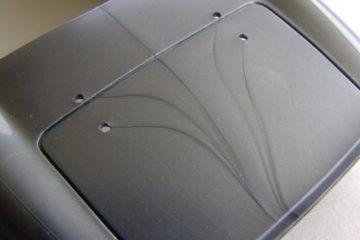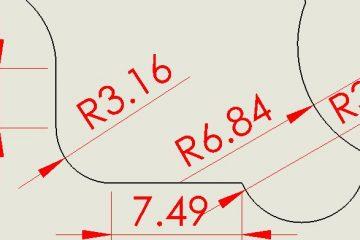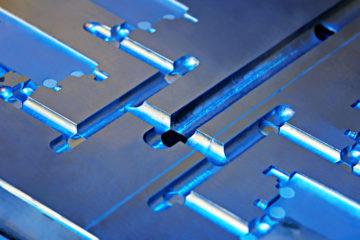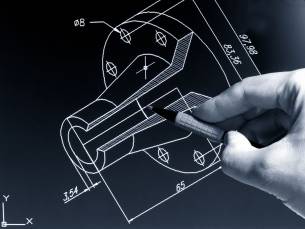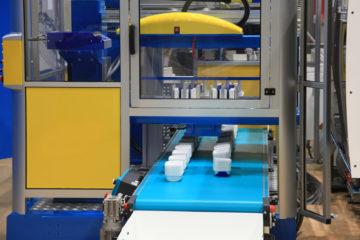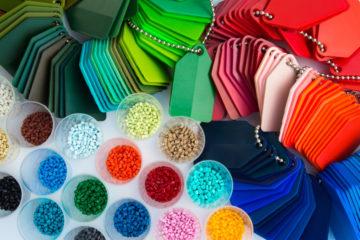
Let’s talk about bosses. And no, not the ones whipping you to do more work, but the rather helpful ones in plastic injection moulding. Bosses are design elements that strengthen parts. We’re going to unpack why you should have bosses, how to design them appropriately and some common part failures which can be avoided by using them.
Bosses serve two purposes. Their primary use is to strengthen holes or slots in the surface of your part. Plastics designers love thin walls, but thin and strong are opposites ends of the trade-off spectrum. Bosses are the happy medium, reinforcing fracture prone features like screw holes, penetrations or mounting slots without impacting the cost or looks of a design.
The secondary use of bosses is to create points at which your assembled product can be fastened together. Injection moulding is all about speed, and not just in the actual moulding. Properly designed plastic parts bring down costs by being designed for rapid assembly. Take apart a high quality plastic product, and it should be easy to put it back together again. The bosses should line up and show you how parts fit, and then those bosses should hold the parts in place, ready for a fastener or clip to permanently fix them in place.
Take a look at a cheap plastic part and you can probably tell when things don’t line up, or flex and feel cheap. These failures of fit and finish often come down to the lack of small things like properly placed bosses.
Design of a Boss
The design and placement of bosses is critical in injection moulding. As with all injection moulding, shrinkage is a major consideration. Shrinkage looks bad, and more importantly if shrinkage affects your bosses then they might not align properly causing delays in assembly.
The important things to look out for are:
– The thickness of the boss should be 60% or less of the parts nominal wall thickness.
– Bosses need to be tied in place with ribs and fillets, to prevent warping.
– The Internal diameter of screw bosses should be slightly less than the screw thread and their length should provide at least 60% of the screw thread with something to catch on.
Bosses can address stress points with a high likelihood of failure, but can also introduce possible points of failure themselves. Design rules are important, but nothing can substitute for proper prototyping and testing.
Subscribe to Our Newsletter
Get the latest news from Dienamics into your inbox





